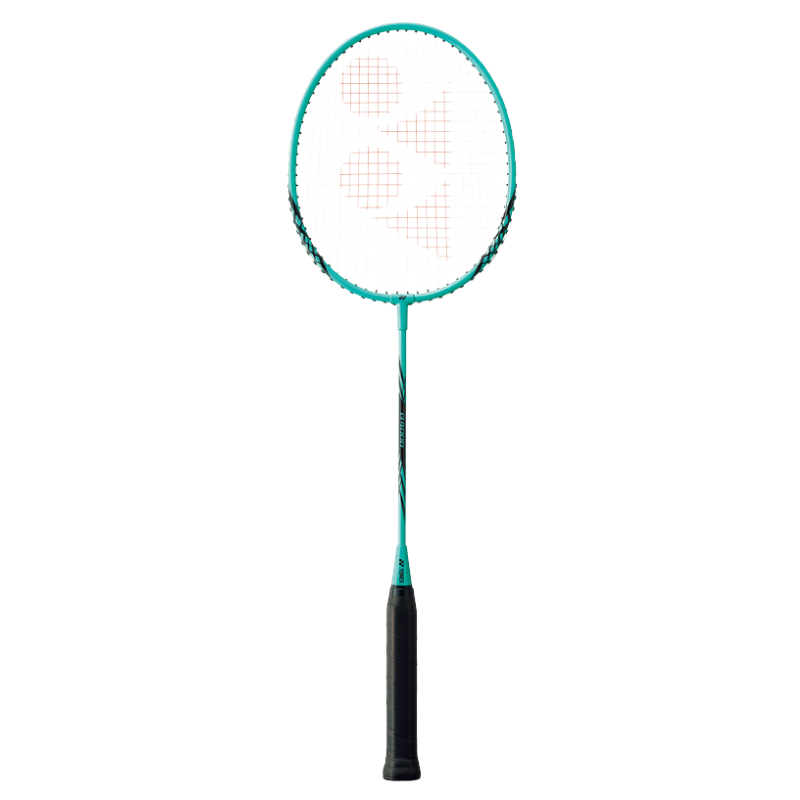Squash Stringing Guide
Racket Strings deteriorate with use long before they break. Strings also gradually lose their tension even if not in use. Many players neglect their strings, even though proper stringing can make a huge difference to the way a racket performs. If you’re a frequent player (three or more times per week), you should restring your racket at least three times a year to ensure optimum performance. If you are playing less frequently you should ideally still restring your racket at least a couple of times a year.

Factors To Consider
String Tension
Recommended Tensions
Every racket comes with a recommended string tension which is sometimes listed on the racket throat.
Tensioning For Gameplay
You can either choose to restring at the same tension as recommended on the racket (or in other words take the strings back to the same tension as the day you bought it) or you can adjust your strings to improve your gameplay. A tighter string tension would help increase the control of your racket by ‘catching’ and then shooting the ball out in a more controlled way. A lower string tension would act more like a trampoline by shooting the ball out at a greater speed with greater power (but this would result in less control of your shot).
String Gauge
Thickness Range
Squash strings generally range from 1.10mm-1.30mm thickness.
Thin Vs Thick
Thin strings offer better control but tend to be less durable, and more frequent restrings will be required. Thicker strings are more resilient and can take more of a beating before needing replacement but they are generally less responsive.
| Stringing Choices | Power | Control | Durability |
| Thin gauge / Loose tension | High | Low | Medium |
| Thin gauge / Tight tension | Medium | Medium | Low |
| Thick gauge / Loose tension | Medium | Medium | High |
| Thick gauge / Tight tension | Low | Medium | High |
String Construction
Core Types
Squash strings can have either multifilament or monofilament construction. Monofilament strings have a single heavy nylon fiber core. Monofilament strings are durable but usually very stiff – for this reason, they are not as popular of a choice among squash players. They are however more economical and are a viable choice for recreational players.
Multifillament Cores
Multifilament cores are made from thousands of very thin fibers twisted together – this produces a soft resilient feel and better elasticity. This string type allows players to use high tension to regain more power while maintaining their control.
The jackets of most strings are made from Nylon. The nylon is either braided or twisted around the core. Twisting creates a smooth surface and is easier to restring however when the jacket takes damage the twisted jacket is more likely to unravel exposing the core. In contrast, the braided string pattern while providing a more textured surface (enhancing ball control), also locks the fibers together preventing unraveling and promoting durability.
Some strings – like the Ashaway SuperNick XL have two jackets. A multifilament inner jacket encapsulated by a high tenacity monofilament outer jacket.








